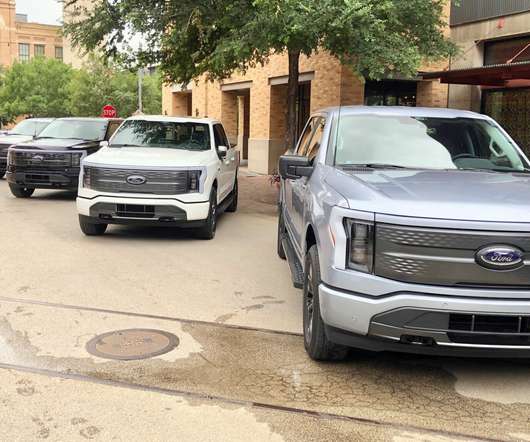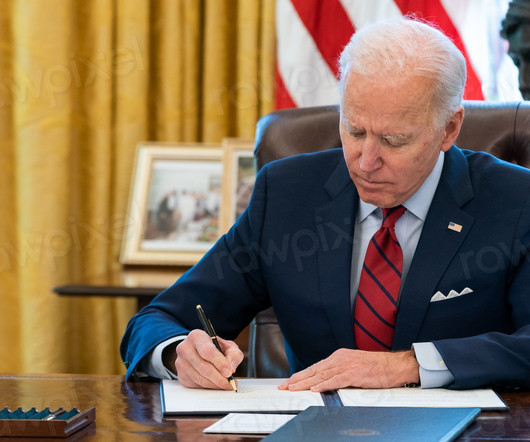UPS makes largest purchase of renewable natural gas yet in the US: 170M gallon equivalents over 7 years
Green Car Congress
MAY 23, 2019
RNG is a key part of UPS’ strategy to increase alternative fuel consumption to be 40% of total ground fuel purchases by 2025, supporting the logistics leader’s efforts to reduce the absolute greenhouse gas (GHG) emissions of its ground fleet 12% by 2025. UPS fueling stations in Albuquerque, N.M.; Atlanta, Ga.; Omaha, Neb.;












Let's personalize your content